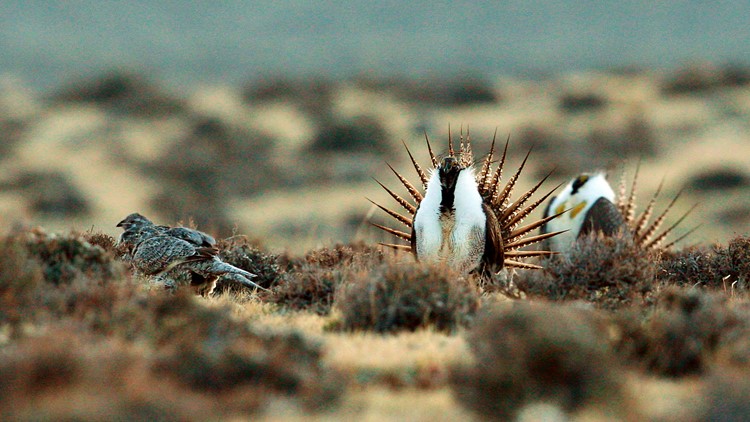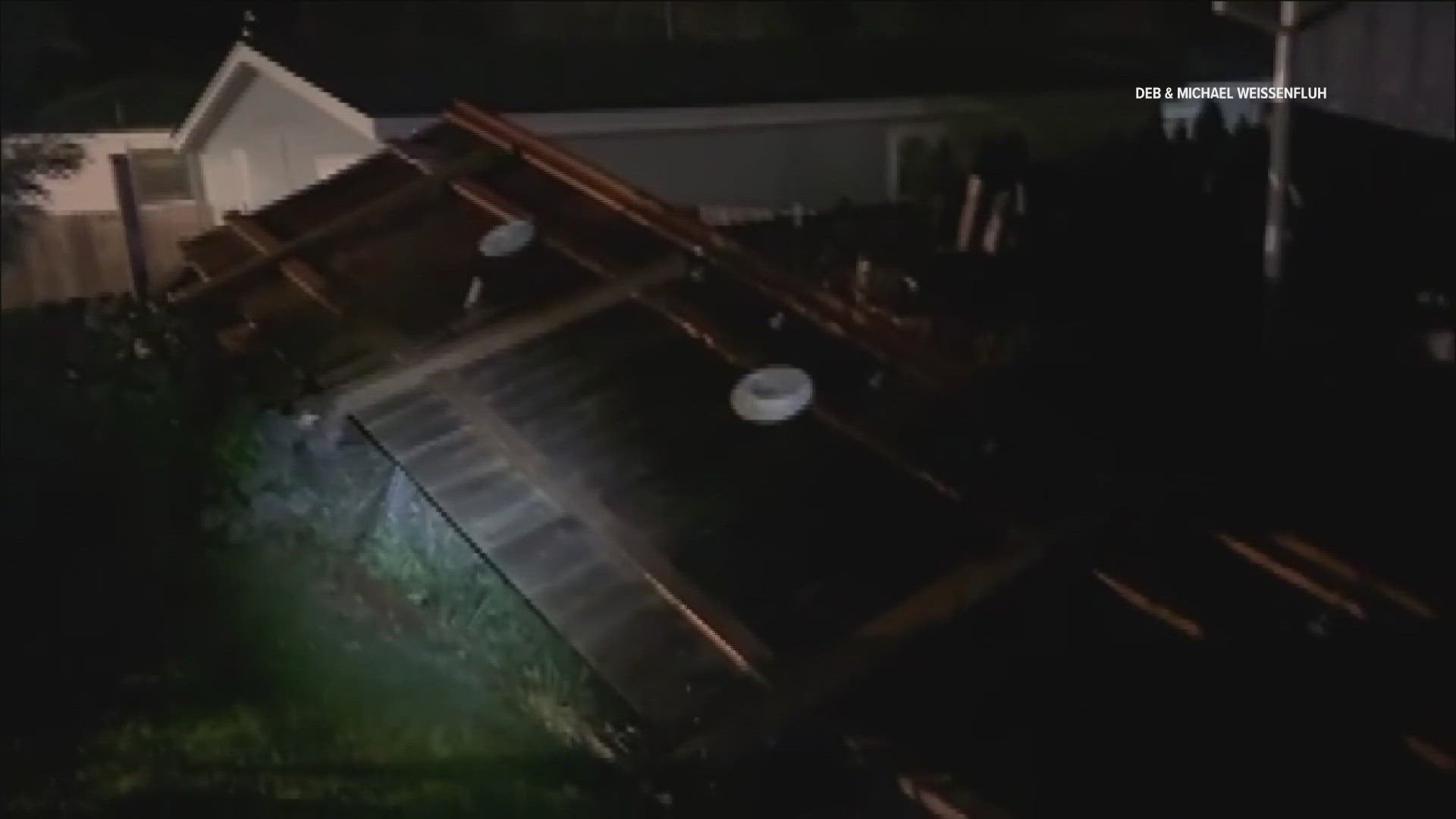BOISE, Idaho — Plans for protecting sage grouse in five Western states are being changed in ways that will conserve habitat while allowing ranchers to maintain their livelihoods, federal officials said Thursday.
The U.S. Forest Service said the changes allow for greater flexibility and local control, but details of the plans involving Idaho, Nevada, Utah, Wyoming and Colorado aren't being made public until Friday.
"The Forest Service continues to promote our multiple use mission while ensuring conservation of greater sage grouse habitat," said Agriculture Secretary Sonny Perdue in a statement. "We are sharing the stewardship of the lands with western state governors — their extensive participation throughout this process was the key to landscape-scale conservation that aligns our policies and practices across local, state, and federal jurisdictions."
Environmental groups blasted the plan based on the Forest Service's three-bullet-point summary released Thursday ahead of Friday's final environmental impact statement, which are typically long and complex documents.
Western Watersheds Project said the plan guts protections for sage grouse created under the Obama administration in 2015.
"This is part of a broader pattern of trying to turn over control of public lands and sensitive wildlife resources to state and local governments that are often diametrically opposed to conservation," said Erik Molvar, the group's executive director.
Sage grouse are chicken-sized, ground-dwelling birds considered an indicator species for the health of vast sagebrush landscapes in the U.S. West that support some 350 species of wildlife.
Between 200,000 and 500,000 sage grouse remain in 11 Western states, down from a peak population of about 16 million. Experts generally attribute the decline to road construction, development and oil and gas leasing.
Researchers say sage grouse once occupied about 463,000 square miles, but that's now down to about 260,000 square miles.
The males are known for performing an elaborate ritual that includes making balloon-like sounds with two air sacks on their necks.
A draft of the sage grouse plans released in June covered 9,500 square miles of greater sage grouse habitat in Idaho, Colorado, Nevada, Wyoming, Utah and Montana. The agency clarified the following month that plans in national forests in Montana wouldn't change.
Federal officials at the time said the objective was for the final plan to have a neutral to positive effect for sage grouse.
Molvar questioned the federal agency touting the plans before actually making them public.
"Under the Trump administration, federal agencies are trying to wage a propaganda war in which they are trying to be the only voice in the conversation," he said.
The Obama administration in 2015 opted not to list sage grouse as needing federal protections under the Endangered Species Act and instead imposed land-use restrictions leading to multiple lawsuits from industry and environmentalists. Several states, including Idaho, also sued.
In one of those lawsuits, a U.S. court agreed with mining companies that the Forest Service created some safeguards in Nevada after failing to give the public enough information to participate in a meaningful way. In response, the Forest Service said those same safeguards existed in other states, so it decided to review plans outside of Nevada as well.
John Freemuth, a Boise State University environmental policy professor and public lands expert, said whatever the final plan released on Friday looks like, monitoring results will be key to understanding if they work.
"It's fine to revise the plans, but we need to have the scientists out there doing the research," he said.



